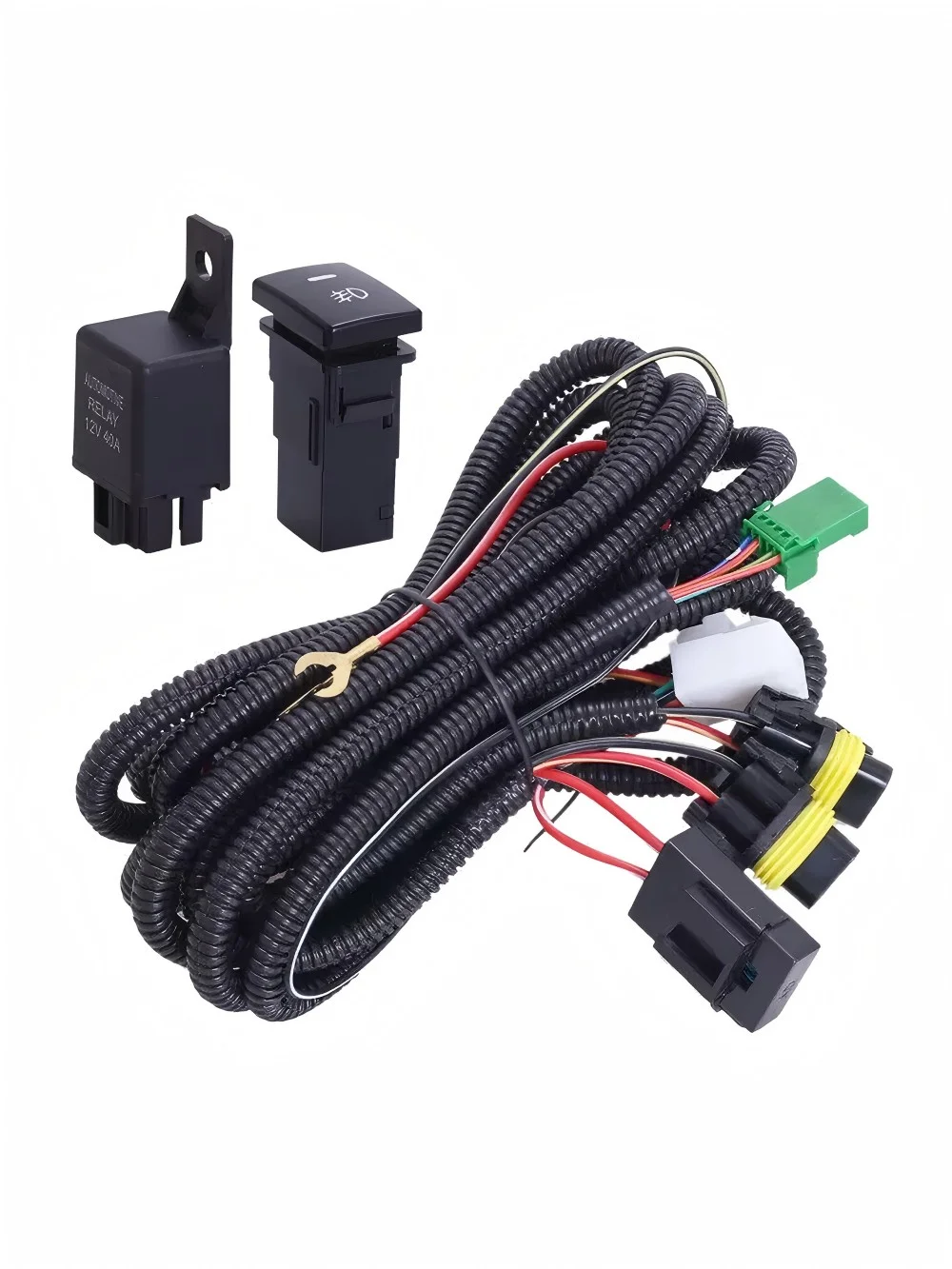Table Saw vs. Radial Arm Saw: The Ultimate Showdown for Woodworking Precision
When it comes to woodworking, the choice of tools can significantly impact the quality of your projects and the efficiency of your workflow. Among the most debated tools in the woodworking community are the table saw and the radial arm saw. Each has its unique advantages and disadvantages, making the decision of which is better a nuanced one. In this article, we will delve into the intricacies of both tools, comparing their features, applications, and overall performance to help you make an informed decision.
Understanding the Basics
Table Saw: A table saw consists of a circular saw blade mounted on an arbor, which is driven by an electric motor. The blade protrudes through a flat table, allowing woodworkers to feed materials into the blade for precise cuts. Table saws are renowned for their versatility, enabling a variety of cuts, including rip cuts, crosscuts, and bevel cuts.
Radial Arm Saw: The radial arm saw features a circular saw blade mounted on a sliding arm, which can be adjusted to different angles and heights. This design allows for crosscuts, miter cuts, and even some rip cuts, depending on the configuration. The radial arm saw is particularly valued for its ability to make repetitive cuts with high accuracy.
Key Comparisons
- Versatility and Functionality
When it comes to versatility, the table saw takes the lead. It is capable of performing a wide range of cuts and can be equipped with various jigs and accessories to enhance its functionality. From dado cuts to angled cuts, the table saw can handle it all, making it an essential tool for both hobbyists and professionals.
On the other hand, the radial arm saw excels in making crosscuts and miter cuts. Its design allows for easy adjustments, making it ideal for repetitive cuts in larger pieces of wood. However, its ability to perform rip cuts is limited compared to a table saw, which can be a drawback for those who frequently work with long boards.
- Precision and Accuracy
Precision is paramount in woodworking, and both saws offer unique advantages. The table saw is known for its accuracy, especially when equipped with a high-quality fence system. The ability to make micro-adjustments ensures that woodworkers can achieve precise measurements consistently.
The radial arm saw, while also capable of making accurate cuts, may require more skill to operate effectively. The sliding arm can introduce variables that affect precision, particularly if the saw is not properly calibrated. However, for crosscuts, the radial arm saw can deliver exceptional accuracy, especially when making repetitive cuts.
- Safety Considerations
Safety is a critical aspect of any woodworking operation. Table saws are equipped with various safety features, such as blade guards and riving knives, which help prevent kickback and reduce the risk of injury. However, the exposed blade can pose a danger if not handled properly.
Radial arm saws, while generally considered safe, can also present risks. The sliding arm can create pinch points, and if the material is not secured properly, it can lead to accidents. Proper training and adherence to safety protocols are essential when using either tool.
- Space and Portability
For woodworkers with limited space, the table saw is often the more practical choice. Its compact design allows it to fit into smaller workshops, and many models are portable, making them easy to transport to job sites.
In contrast, radial arm saws tend to be bulkier and require more space for operation. The sliding arm needs room to move, which can be a limitation in smaller workspaces. If portability is a significant factor, a table saw may be the better option.
Conclusion: Which is Better?
Ultimately, the choice between a table saw and a radial arm saw depends on your specific woodworking needs and preferences. If versatility, precision, and space efficiency are your priorities, the table saw is likely the better option. It is a workhorse that can handle a wide range of tasks, making it an invaluable tool in any workshop.





